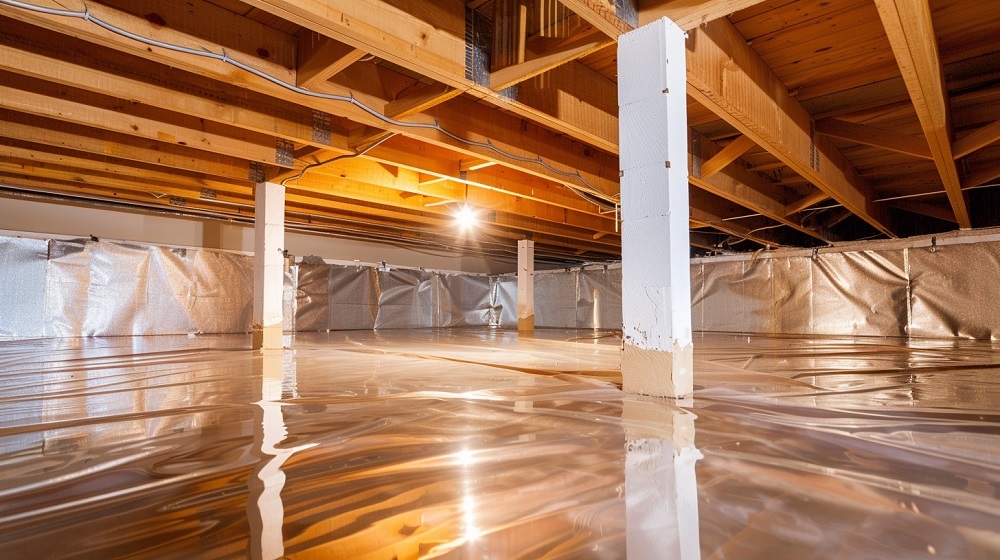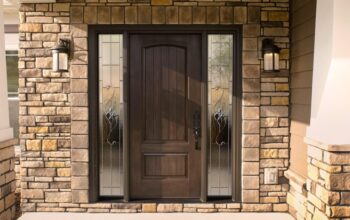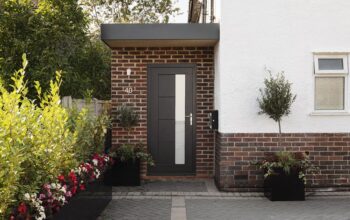Reducing moisture, enhancing indoor air quality, and increasing energy efficiency may all be accomplished by encapsulating a crawl area. Insulation and a vapor barrier may help crawl areas remain robust, dry, and clean. Separating a crawl area from HVAC problems, however, might have unanticipated results. Encapsulation has to take HVAC factors into account to optimize benefits and reduce problems. Throughout this integration, one has to take into account ventilation, dehumidification, and home system influence.
Home Ventilation and Air Quality: An Evolution in Dynamics
The crawl space encapsulation virginia changes the ventilation in crawl space. Traditionally, ventilated crawl spaces utilize outside air to lower humidity. Though it delivers humid air, rodents, and outside pollutants under the floor, this approach may work. The foundation encapsulation, by design, stops unbridled airflow. This considerably enhances the indoor air quality in the living areas upstairs. By lowering moisture intrusion, encapsulated crawl spaces help to prevent mold growth and spore release. The sealed barrier reduces the stack effect, therefore stopping contaminated, allergen-filled crawl area air from entering homes. This hermetic environment calls for strong air quality control within the enclosed region as well as humidity. Without enough HVAC, an enclosed crawl space might get stagnant and produce interior pollutants from crawl space elements.
Selecting a Dehumidifier from Among Conditioned Air Solutions
Homes choose between dehumidifiers or conditioned air to control humidity and air quality in an enclosed crawl space. Individual crawl space dehumidifiers dry the air of moisture. Energy-efficient these machines can maintain a humidity level between 50{66faebcf508e11b378d68a310165451d43382e6d140477a51b56ef068cc76fe1} and 60{66faebcf508e11b378d68a310165451d43382e6d140477a51b56ef068cc76fe1}. They perform especially effectively in areas experiencing high humidity or pre crawl space encapsulation moisture intrusion. One major advantage of standalone dehumidifiers is their focus on eliminating crawl space moisture.
Still, conditioned air systems extend the HVAC ductwork from the house into the crawl space. The underground space houses cooled and heated air from the main living areas. Through temperature and humidity management, air conditioning replics the living room above environment. In homes with centralized HVAC systems, where ductwork expansion is sensible and reasonably priced, it is very helpful. But the present HVAC system has to be big enough to cool the crawl space and have adequate airflow balance all around the system. To prevent condensation and energy loss, conditioned air requires crawl space duct insulation and sealing.
Energy Efficiency Benefits and Drawbacks: An All-Around View
Properly coupled with HVAC, enclosed crawl spaces save energy. By minimizing air leakage and moisture intrusion, crawl space encapsulation richmond va helps to cut winter heat loss and summer heat gain and home heating and cooling needs. Encapsulation insulation controls floor and crawl area temperatures, therefore enhancing thermal performance. This might raise home comfort and help to minimize energy expenditures.




